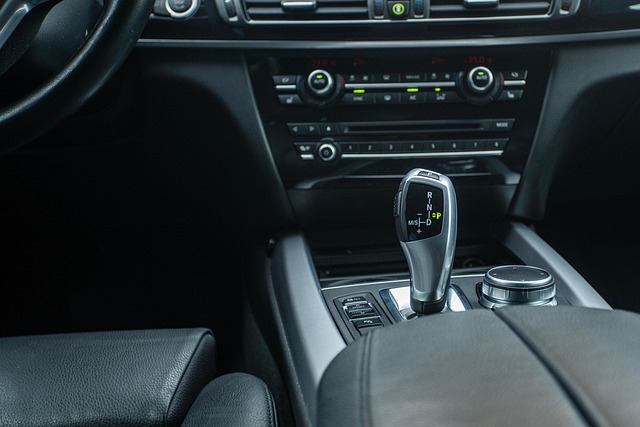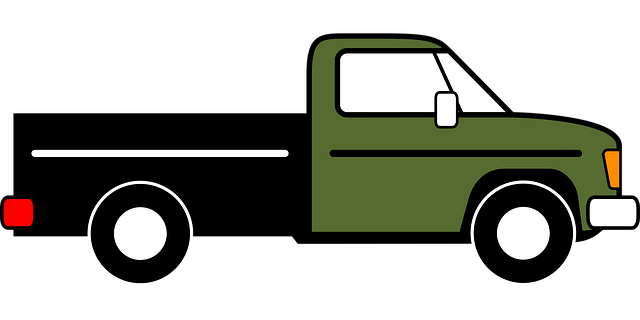Looking to register your car in California? This guide walks you through the process step-by-step. From understanding key requirements to gathering necessary documents, this comprehensive tutorial ensures a smooth experience. Learn how to verify your Vehicle Identification Number (VIN) using trusted verifier tools, and discover approved registration locations or agents. By following these clear instructions, you’ll be on the road in no time while adhering to California’s car registration laws.
- Understand California Car Registration Requirements
- Gather Necessary Documents for Car Registration
- How to Verify Vehicle Identification Number (VIN)
- Choose an Approved Registration Location or Agent
- Complete and Submit Your Car Registration Application
Understand California Car Registration Requirements

Before registering your car in California, it’s crucial to understand the state’s specific requirements for vehicle identification number (VIN) verification. The process involves ensuring that your vehicle meets all safety and pollution standards set by the California Department of Motor Vehicles (DMV). One essential step is obtaining a valid VIN verifier, which can be done through various authorized entities or even through a mobile vin verification service.
California offers both in-person and mobile vin inspection options. For the latter, you can utilize a mobile vin verifier, making it convenient for those who prefer not to visit a DMV office. This method ensures that your vehicle’s details are accurately checked, allowing for a smoother registration process. Remember, accurate VIN verification is key to ensuring your car complies with all necessary regulations before finalizing its registration.
Gather Necessary Documents for Car Registration

Before you start the registration process, make sure you have all the required documents. The California Department of Motor Vehicles (DMV) will need several pieces of information and paperwork to complete your car’s registration. One crucial document is the Vehicle Identification Number (VIN) verifier, which can be obtained through a mobile VIN verifier or by visiting an authorized inspection station. This unique identifier is essential for verifying the vehicle’s history and ensuring it meets all legal standards.
Additionally, you’ll need proof of ownership, typically in the form of a title or bill of sale, along with valid identification documents such as a driver’s license or passport. Insurance documentation, including your policy number and coverage details, is also mandatory. These steps will facilitate a smooth registration process, ensuring that your car complies with California’s regulations.
How to Verify Vehicle Identification Number (VIN)

Verifying the Vehicle Identification Number (VIN) is a crucial step during the car registration process in California. This unique 17-character code is like a fingerprint for your vehicle, providing vital information about its make, model, year, and manufacturing location. You can easily check the VIN’s validity using various methods, including online tools or by contacting the manufacturer. One convenient option is to utilize mobile vin verification services that allow you to quickly validate the number through your smartphone.
For a thorough inspection, consider conducting a manual vin inspection. This involves checking the VIN plate, which is typically located on the driver’s side of the vehicle. Ensure it matches the one displayed in the car’s registration documents. If there are discrepancies, further investigation may be required to ensure the vehicle’s history and ownership are clear.
Choose an Approved Registration Location or Agent

When registering your car in California, it’s crucial to select an approved registration location or agent. The state offers various options, including Department of Motor Vehicles (DMV) offices and third-party agents. These entities ensure compliance with all necessary regulations. One key step is to have a valid Vehicle Identification Number (VIN) verifier, often provided by specialized mobile VIN inspection services or the DMV itself. Utilizing these resources streamlines the process, making it efficient for both new and used car owners.
Choosing an approved location means your vehicle’s information will be accurately verified through a meticulous VIN inspection. This is essential to prevent fraud and ensure the safety of California’s roads. Whether you opt for a traditional DMV visit or leverage mobile VIN verifier services, having reliable sources handle your registration minimizes errors and delays.
Complete and Submit Your Car Registration Application

After gathering all necessary documents, it’s time to complete and submit your California car registration application. You can do this through the California Department of Motor Vehicles (DMV) website or by visiting a local DMV office. The application requires detailed information about your vehicle, including its make, model, year, and color, along with your personal data. Ensure all details are accurate to avoid future issues.
For added convenience, consider a mobile vin inspection or vin verification service. These options allow you to have the Vehicle Identification Number (VIN) of your car checked remotely, ensuring its validity and saving you a trip to the DMV. This is especially useful if you’re busy or live in a remote area, making it simpler and faster to register your vehicle with California’s authorities.
Registering a car in California involves understanding state requirements, gathering essential documents, verifying your vehicle’s VIN using a reliable tool like a VIN verifier, and completing an application at an approved location. By adhering to these steps and ensuring all necessary information is accurate, you’ll have a smooth process securing your vehicle’s registration.
